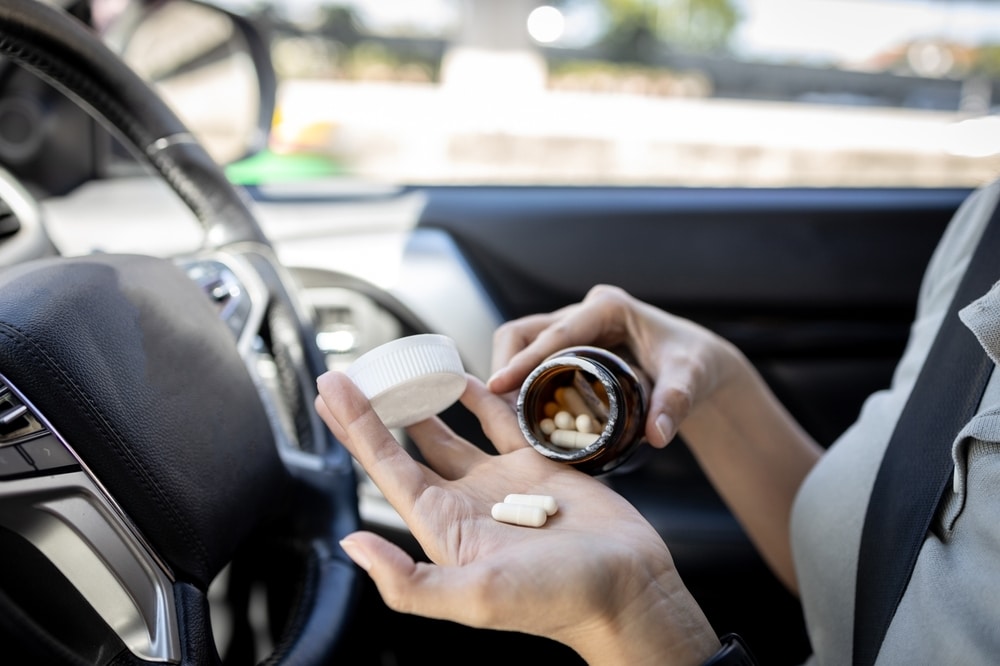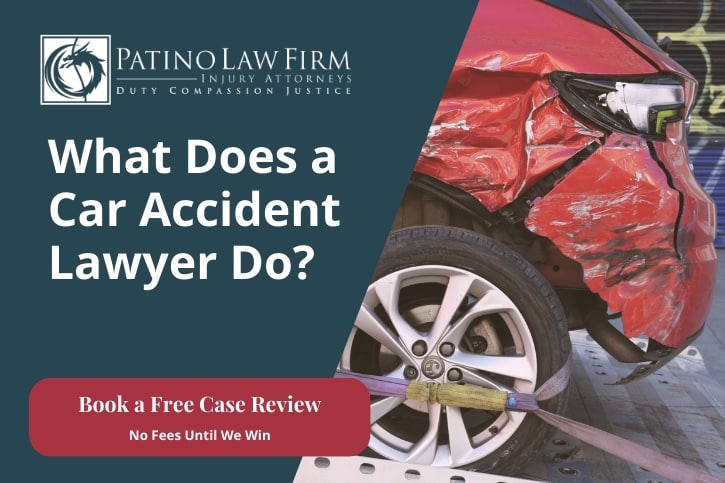Thousands of individuals die or suffer injuries in Texas drunk-driving accidents each year. Last year alone, over 1,000 people lost their lives in alcohol-involved accidents, with almost 8,500 more sustaining suspected injuries.
If you or a loved one is injured or killed in a crash caused by a drunk driver, it’s your right to recover compensation for your losses.
Following on from our last blog post about the legal alcohol limit in Texas, we explore how to prove a driver was drunk during your accident, covering:
- When the police can arrest a driver for intoxication and how a citation can bolster your personal injury claim.
- Whether a driver needs to be over the limit to be negligent.
- When the police can take a blood alcohol test.
- The role of your Texas crash report in building your case.
- How to prove a driver was intoxicated if they refused a police alcohol test.
- Why you cannot rely on a police alcohol test result alone to make your case.
The Difference between Intoxication and Under the Influence (And Why It Matters)
In a general sense, if someone is intoxicated, they are under the influence of alcohol. Either description indicates a person is drunk, so they are often used interchangeably.
However, Texas law makes a clear distinction between the two.
The Texas Penal Code defines legal intoxication as a driver who either:
- Has a blood alcohol content (BAC) of .08 percent (determined via a police alcohol test)
- Does not have the “normal use of [their] mental or physical faculties due to alcohol or drugs.”
In either of the above scenarios, the driver is deemed “intoxicated” and can be arrested for driving while intoxicated (DWI).
DWI charges carry penalties ranging from mandatory community service and fines to license suspension and jail time, with steeper fines and sentences for consecutive offenses.
However, if a driver’s intoxication causes an accident resulting in fatal injuries to another person, prosecutors can pursue intoxication manslaughter — a second-degree felony carrying a prison term of up to 20 years.
Driving under the influence (DUI) is a separate offense reserved for drivers under 21. Texas’s zero-tolerance policy allows police to arrest minors (used in this context to refer to drivers aged under 21) with any amount of alcohol in their system — even if they’ve had a single drink and show no sign of drunkenness.
However, a minor can still be charged with a DWI — with its more severe penalties — if they are over the legal limit.
A driver citation can make it easier to prove negligence — an element of the burden of proof in personal injury claims — because of the negligence per se rule. This rule establishes a presumption of negligence when an individual violates a statute designed to protect you. A DUI or DWI charge effectively allows you to skip the requirements to show the at-fault party breached a duty of care they owed you because the citation shows they broke the law against drunk driving, designed to protect the public from harm.
How to Prove A Driver Was Over the Legal Alcohol Limit
When a reportable accident (any accident resulting in injury, death, or property damage totaling more than $1000) happens in Texas, the parties involved must call the police immediately. The attending officer will process the scene and investigate the accident, compiling their findings in an accident report. The report for your accident will document the driver’s BAC if the police conducted an alcohol test.
Our drunk-driving accident lawyer can help you request a copy of your crash report from the Texas Department of Transportation and explain how the information documented affects your personal injury claim.
However, you cannot rely on a positive result alone — breath tests can give false-positive readings, and while blood tests are more accurate, they are not infallible. Timing is critical — a blood test is only accurate within six to twelve hours of the driver’s last drink. Even if a driver has a blood test within this window, they may challenge its validity to dispute your claim. A common defense to a positive police alcohol test is the rising blood alcohol argument. Blood alcohol content increases over time as the body metabolizes the alcohol, which can mean a person’s blood alcohol content may have been under the limit when the accident happened.
Therefore, it’s crucial to have other evidence supporting your claim.
What If the Police Alcohol Test Shows the Driver Was Not Over the Limit?
Remember, a driver need not be legally intoxicated for their actions to amount to negligence, just as they do not need a BAC of .08 percent or higher to be charged with a drunk-driving offense.
In addition to recording the BAC test result (if applicable), your crash report will note any citations issued by police and the contributing factors to the accident. The attending officer can choose from over 70 factors, but they can also cite an “other” potential cause.
Any of the following details in your crash report can help demonstrate a driver was negligent and, therefore, owes you compensation for your accident:
- Drink-related contributing factors, such as “had been drinking”.
- A positive alcohol result if the driver is under 21 (regardless of the amount of alcohol in the bloodstream).
- A drunk-driving-related citation.
- A written narrative indicating possible intoxication (such as slurred speech or imbalance).
What If the Driver Refuses the Police Alcohol Test?
A driver suspected of intoxication can legally refuse a field sobriety test if police suspect they are intoxicated.
The Texas Transportation Code has an implied consent law (Title 7 (Vehicles and Traffic), Subtitle J (Miscellaneous Provisions), Chapter 724) requiring drivers to submit to a blood alcohol content test after being arrested for a DWI.
If a driver arrested on a DWI charge then refuses to submit to a test, their license will be suspended for 180 days to two years (depending on whether it is their first or a subsequent offense). Their refusal can also be used against them in court.
But law enforcement can only arrest a driver for a DWI if they have reasonable grounds to suspect the motorist does not have sufficient use of their faculties (as they cannot arrest the driver based on their BAC if they do not consent to a test).
In this scenario, other evidence can help prove a driver was drunk and satisfy the requirement of negligence to recover compensation. The burden of proof for personal injury (and in most other civil claims) is much lower than in other cases — you need only prove “by a preponderance of the evidence” (more likely than not) that the driver was negligent.
The attending officer’s observations, statements from eyewitnesses who saw the crash, and testimony from other individuals who were with the motorist before the accident can support your case.
For example, it will be much harder for a defendant to deny liability if CCTV footage shows them stumbling out of a bar and a bartender testifies they served them multiple drinks.
Often, a successful personal injury claim is not down to a single piece of evidence but is a culmination of multiple documents and testimonies, each moving the needle to swing the case in your favor.
However, police can legally compel a driver to provide a sample without their consent. The officer must suspect they were operating a vehicle in a public place while intoxicated, and one of the following criteria must also apply:
- They have a previous conviction for driving while intoxicated with a minor child (0-14 years old).
- They have previous convictions for two or more DWIs.
- They have a conviction for intoxication assault or intoxication manslaughter.
- The drunk-driving accident caused death, serious bodily injury, or injuries requiring immediate transport to the hospital to any party involved.
Drunk-driving accident claims can quickly become complex if a driver denies liability. It is easier to win your case if you can prove intoxication, but the fight to recover compensation is not over if the motorist who caused your injuries was over the limit during the crash. Insurance companies will aim to pay out as little as possible, and you do not want to settle for less than your claim is worth.
Our accident attorney in San Antonio and McAllen will protect your rights and seek to recover the maximum compensation you deserve for your injuries and losses.
Patino Law Firm offers a free, no-obligation case review so you can explore your options. We serve the entire Rio Grande Valley and San Antonio Metropolitan Area — you can visit our offices, or we can come to you. Whether you’re in Edinburg, Schertz, Hidalgo, Uvalde, or the surrounding cities, we can help you get rightful compensation, and you will not pay legal fees until we win.





